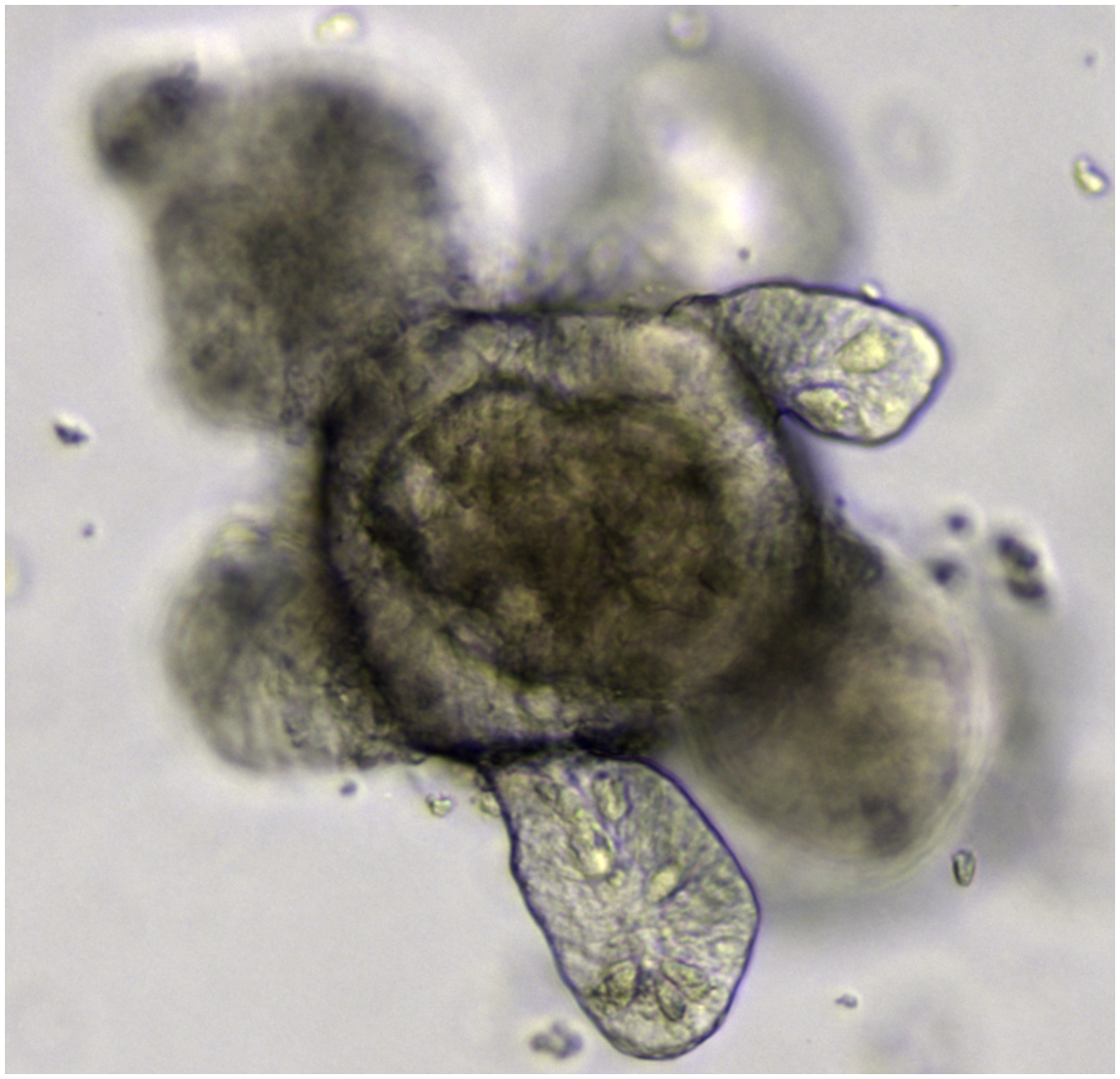What are the most commonly used cryoprotectants?
Cryoprotectants are crucial in storing biological samples at a deep cryogenic temperature. Cryoprotecting agents lower the melting point of water when dissolved in it and prevent ice formation by increasing the total concentration of all the solutes present in the
Current limitations of organoid technology
Three-dimensional (3D) organoid technology has become popular among researchers in the past decade because of its ability to recapitulate the physiology and genetics of organs or tissue samples. Despite the promising applications of organoids in basic research, a lot of
Cryopreservation: Introduction, Advantages, and Disadvantages
[vc_row][vc_column][vc_column_text]Cryopreservation is the process of storing and preserving structurally intact biological material at low temperatures. Cryopreservation is a key activity in many culture cell labs providing a stable and safe way to store organisms, organelles, tissue, cells, and other biological
Cryopreservation: the art of freezing life
Cryopreservation is the process of preserve living samples by cooling them to a very low temperature. Cryopreservation plays a crucial role in basic research as well as clinical applications. For instance, cells and other viable tissues cannot be stored for
Applications of organoids in biomedical research
Organoids are miniaturized tissue cultures that are derived from stem cells or tissue-specific progenitor cells. Organoids have made it possible to create individual, complex, and self-organizing 3D tissue cultures bearing a resemblance to a patient’s own organ or tissue. This
The story of organoids: introduction, history, and benefits
Organoids are in vitro miniaturized three-dimensional (3D) model systems of organs that gained huge interest in the last decade. Organoids are self-organizing culture systems generated from stem cells or tissue-specific progenitor cells. Stem cells divide indefinitely and produce different types
Organoid Models Of Genetic Diseases
Organoid models are a popular and reliable method in 3D cell culture. Organoids are 3D cellular structures, derived from either stem cells or organ specific progenitor cells. When provided with an external scaffold like Matrigel, they form a complex cluster
The most common primary cells used in research
Human primary cells are isolated directly from human tissues and maintain the physiological characteristics of their original tissue. This article discusses the most common primary cells used by scientists (1,2). Endothelial cells In the human body, endothelial cells form a single-cell thick-walled
What are primary cells : advantages and limitations
Primary cell cultures refer to the cultivation of cells that are directly isolated from human or animal tissues and processed to grow under controlled conditions in vitro. They represent the in vivo state of cells more closely than immortalized cell
Introduction to cell culture and its applications
Cell culture is one of the crucial tools in basic scientific research. Cell culture refers to the cultivation in a controlled environment of cells derived from an animal or a plant. Today, various cell culture techniques are used in laboratories











